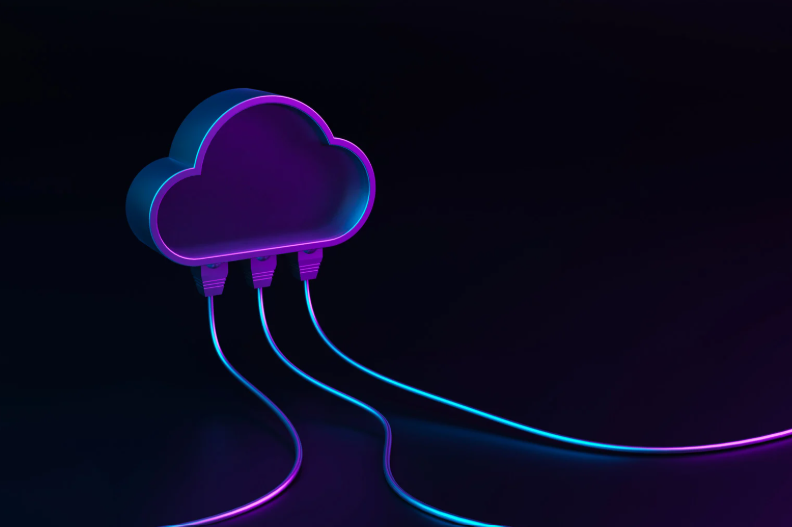
Microservices 101: What you need to know?
Microservices, as the name implies, is a software architecture model where processes are broken down into small, standalone services. Microservices are then coupled together with other microservices or as a part of a larger service to perform an overall function via universally accessible APIs. This contrasts with the standard monolithic architecture, where all functions and processes are contained within a single application.

Microservice Architecture
Unlike other architectures, microservice architecture relies on separate, autonomous, decoupled processes. This is in contrast to adding functions or layers within a larger architecture.
Typically, each microservice is sized around a single function or business case. In this way, functionality can be added or removed by quickly adding or removing a whole, stand-alone microservice. Microservices that perform more than one purpose raise the possibility that only partial functionality of a microservice would be required, making both scaling and implementation more complicated.
Advantages
A standard service contains all of the necessary code and architecture to run with a single application. Breaking smaller processes away offers several advantages.
The microservice architecture separates out smaller, less integral processes as a separate, autonomous service. As an autonomous part, a microservice is separate from the main service. This modularity provides the ability to update the microservice itself without the need to update or test the main service. Conversely, updates to the larger service need not involve the microservice.

For example, a company may deploy a complex shopping system that integrates inventory, a shopping website, and more. However, when it comes to calculating sales tax, the company could use a pre-defined microservice that handles the calculations based on the shipping zip code. When there are updates, the company simply updates the microservice on its own without the need to update and test its inclusion within the larger overall process. Conversely, because the overall shopping system has nothing to do with the tax calculations and data tables that store tax rates, updates to the actual shopping system stay separate from the tax processes.
Another advantage of microservices is the separation of faults. Within an overall process, an error can either be within the microservice or outside the microservice. When updates are made within the microservice, new faults can be assumed to be inside of the microservice. Conversely, updates made outside of the microservice are unlikely to cause problems within the microservice. This provides a smaller footprint for troubleshooting and error management.
As separate entities, microservices can be implemented using different tools, programming languages, databases, and techniques than the main service or other microservices. Access via documented APIs allows for microservices to be coupled together without regard to their internal programming construction.
Third-party microservices provide an additional advantage. These microservices need neither to be developed nor maintained in-house. The advantage is both additional speed of development and the ability to add expertise beyond the company’s in-house experience.
Microservices also provide the opportunity to scale elements separately. As a separate service, resources can be scaled differently to both the greater service and any microservices, allowing for more intensive microservices to be scaled on more expensive resources and less intensive services to be run on cheaper options.
Disadvantages

The primary disadvantage of is the added complexity of meshing services together. While having a microservice isolates potential issues, it raises the need to get data into and out of the microservice correctly.
In addition, depending on the construction of the microservice and who is responsible for its development, it may not be possible to know exactly what is happening within the microservice. This is particularly true for third-party microservices.
Azure Microservices
The Azure platform provides various options for building and implementing the microservice architecture.
Azure offers the ability to build and deploy event-driven microservices as serverless functions using Azure Functions rather than packaging them within containers.
There are two types of service orchestrators available for running microservices on the Microsoft Azure platform. Azure Service Fabric is a distributed systems platform. It lends itself to packaging and deploying microservices. Within Service Fabric, microservices are typically deployed as containers or as Reliable Services. The latter allows direct usage of Service Fabric programming APIs.
The other option is Microsoft’s Kubernetes implementation, the Azure Kubernetes Service (AKS). The AKS allows developers to leverage the popular open-source system rather than Microsoft’s own Service Fabric.
Want to Know More?
If you’re interested in finding out more about microservices and how this architecture model can benefit you, just know that Imaginet is here to help. As a Microsoft Gold Application Development partner and a leading provider of Azure cloud services, Imaginet can help your organization with all of your enterprise application architecture needs. To find out more, request your free consultation call with us today.
Thank you for reading this post! If you enjoyed it, I encourage you to check out some of our other content on this blog. We have a range of articles on various topics that I think you’ll find interesting. Don’t forget to subscribe to our newsletter to stay updated with all of the latest information on Imaginet’s recent successful projects
Related articles:

discover more
Integration Between Power Platform and SharePoint Encourages Innovation
Organizations are focusing on innovation, streamlining their processes, and delivering better experiences for employees and customers. Power Platform and SharePoint are the Microsoft products that are helping organizations focus on…
Mastering Subagents in VS Code + Copilot: How To Actually Use Them
If you’ve ever dumped a giant problem into Copilot Chat and watched the conversation slowly turn into spaghetti, subagents are the feature you’ve been waiting for. Think of subagents as…
5 Common Misconceptions About Cloud Migration: Debunking the Myths
We’ve all heard of the cloud and cloud migration. But how important is it actually for your business? Organizations are moving to the cloud for several reasons: to improve agility,…
Let’s build something amazing together
From concept to handoff, we’d love to learn more about what you are working on.
Send us a message below or call us at 1-800-989-6022.




